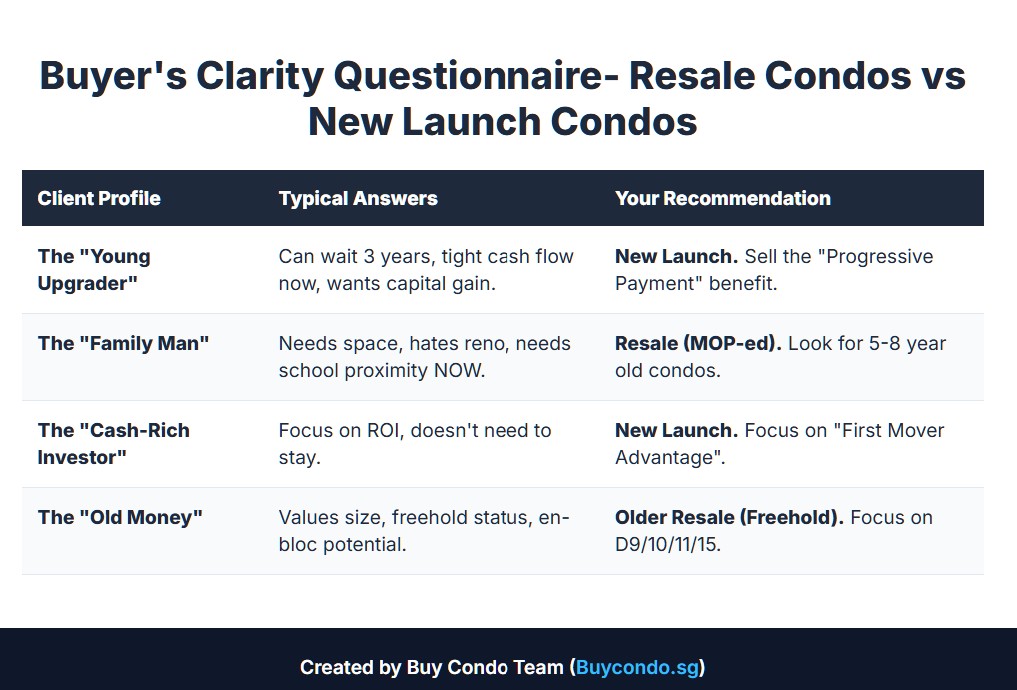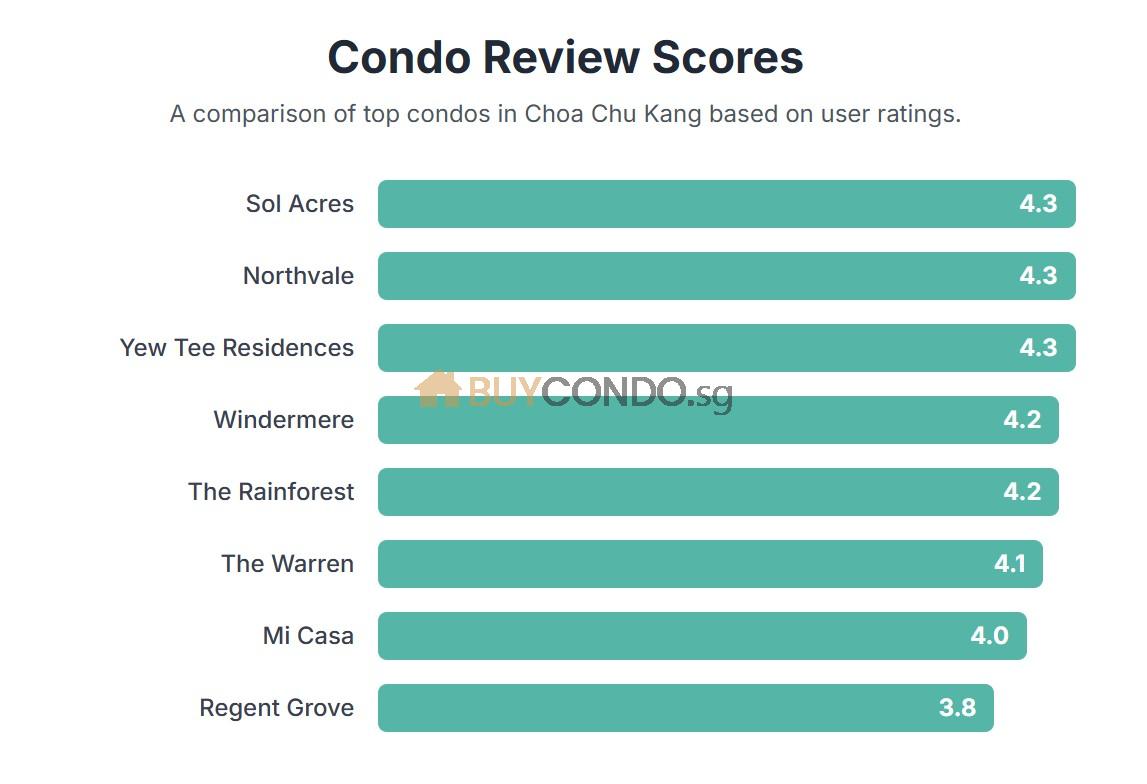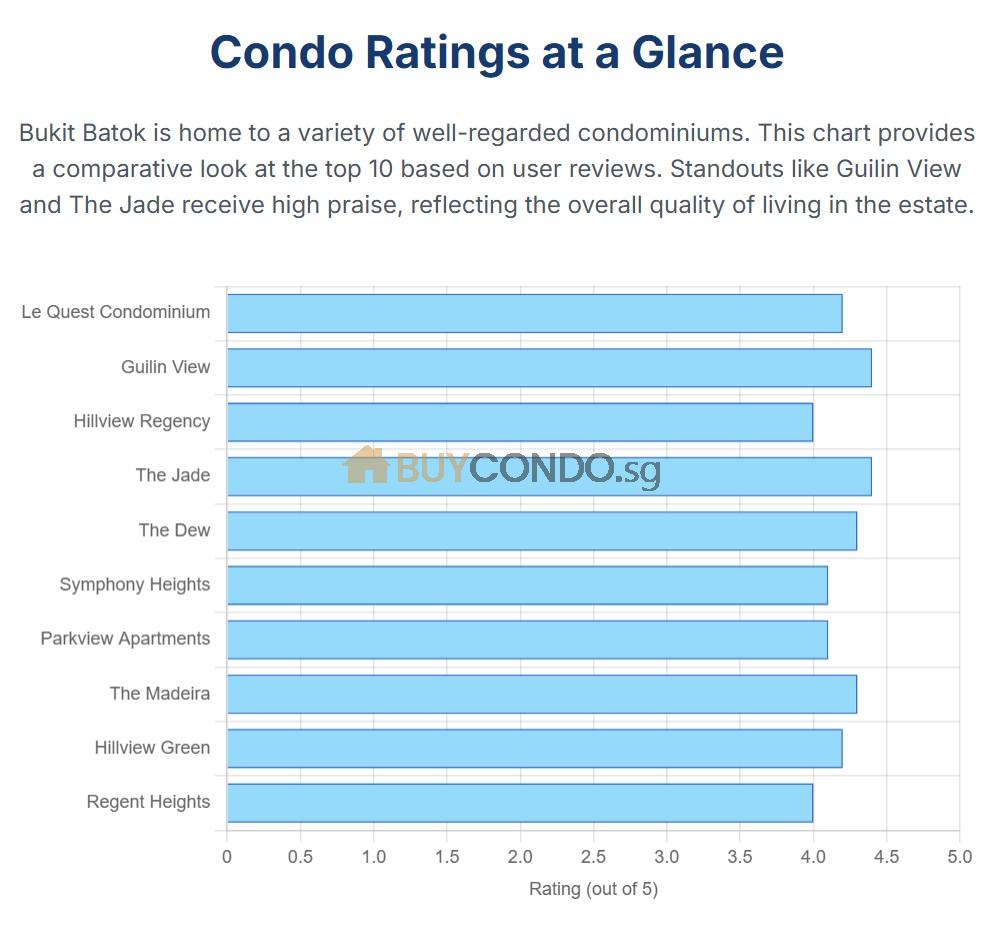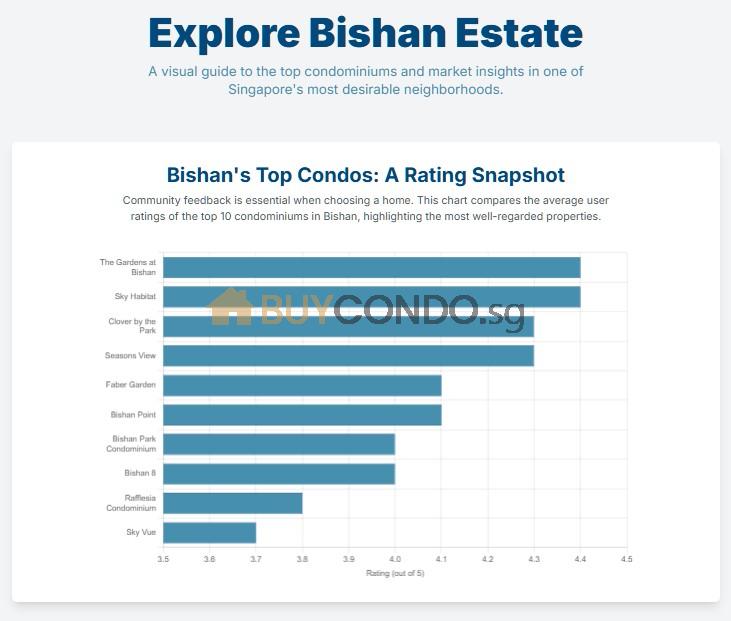Manhole Checks for Singapore Landed Property
Posted by the BuyCondo.sg Team | Your Guide to Smart Property Decisions
When you’re buying your dream landed home or planning a major renovation in Singapore, you focus on the big picture: the layout, the design, the finishes. But one of the most critical elements affecting your property’s value and potential is often hidden in plain sight, or buried just beneath the surface: the humble manhole.
Ignoring this crucial piece of infrastructure is a risk no buyer, owner, or developer can afford. This definitive guide will walk you through everything you need to know about checking for manholes on landed properties, ensuring your investment is secure from the ground down.
I recalled when we are selling a landed property at Springleaf Avenue, the intended idea of having a swimming pool without the considerations on the Manhole and eventually it became a fish pond.

Summary Checklist for Landed Property Buyers – Manhole Checks for Singapore Landed Property
Step-by-Step Guide to Checking for Manholes
The process involves a combination of desktop research (plan review) and on-site verification.
Step 1: Document Review (Desktop Analysis) – Manhole Checks for Singapore Landed Property
This is the most crucial first step before any physical work begins.
- Obtain the Sewerage Interpretation Plan (SIP)
- What it is: The SIP is an official plan from PUB that shows the alignment of public sewers, manholes, and connection points in the vicinity of the property.
- Why it’s essential: It is the definitive source for locating public sewer infrastructure. It will indicate if a public sewer line cuts through the property, which has significant implications for your building design due to easements and setback requirements.
- How to get it: You can purchase the SIP from PUB Service Plans Are Accessed via Singapore Land Authority (SLA)
- Obtain the Drainage Interpretation Plan (DIP)
- What it is: Similar to the SIP, the DIP shows the public surface water drain lines and associated manholes.
- How to get it: You can purchase the DIP from PUB Service Plans Are Accessed via Singapore Land Authority (SLA)
- Review As-Built/TOP Drawings
- What they are: If you are working on an existing property (e.g., for Addition & Alteration (A&A) or redevelopment), obtain the as-built architectural and M&E (Mechanical & Electrical) drawings from the previous owner or from the Building and Construction Authority (BCA) archives.
- Why they are useful: These drawings should show the property’s internal sanitary and drainage layout, including the locations of private Inspection Chambers (ICs) and their connection points to the public system. However, be aware that actual on-site conditions may sometimes differ from these plans.
- Check the Certificate of Title (CT)
- What it is: The property’s land title document.
- Why check it: Look for any registered easements on the title. An easement might grant PUB the right of access to a portion of the land for the maintenance of their sewer or drain lines, further confirming the presence of public infrastructure within the lot.
Step 2: On-Site Physical Inspection – Manhole Checks for Singapore Landed Property
After reviewing the plans, you must verify the information on the ground.
- Systematic Visual Search:
- Walk the entire property boundary and interior.
- Manhole covers are typically round or square, made of cast iron, and may be labelled “SEWER” or “DRAIN”. Sometimes they are concrete covers for shallow private ICs.
- Common Locations:
- Front porch/car porch area
- Backyard or service yard
- Side passages (especially for terrace and semi-detached houses)
- Within landscaped areas (may be covered by grass or plants)
- Probing for Hidden Manholes:
- If a manhole shown on a plan cannot be found, it may be concealed. This often happens after years of landscaping or unauthorized renovations.
- Use a T-shaped metal probe rod to systematically probe the ground in the suspected area. You will feel a hard, flat surface when you hit the cover.
- Identify Public vs. Private Manholes:
- Public Manholes: Generally larger, made of heavy-duty cast iron, and located along the path of the public sewer line shown in the SIP.
- Private Inspection Chambers (ICs): Usually smaller and serve the internal plumbing of the house only. They collect waste lines before connecting to the public sewer. There can be multiple private ICs on a property.
Step 3: Engaging Professional Services – Manhole Checks for Singapore Landed Property
For complex sites or when in doubt, it is best practice to engage specialists.
- Engage a Registered Land Surveyor:
- A surveyor can precisely plot the locations of the identified manholes onto a topographical survey plan.
- This is essential for your architect (Qualified Person – QP) to accurately design the new building or A&A works, ensuring compliance with required setbacks.
- Consult your Qualified Person (QP – Architect or Professional Engineer):
- Your QP is responsible for the design and submission to authorities. They will interpret the SIP/DIP and survey plans to ensure the building design adheres to PUB’s regulations.
- Utilize Underground Utility Detection Services:
- For highly complex sites or if plans are unreliable, you can hire a specialist company that uses Ground Penetrating Radar (GPR) and other electromagnetic locating tools to map all underground services, including sewers, drains, water pipes, and cables.
Key Regulatory Considerations for Builders/Developers
- PUB’s Code of Practice on Sewerage and Sanitary Works: This is your essential guide. It specifies the minimum clearance distances required between buildings/structures and public sewers/manholes.
- Typically, a building foundation must be at least 1.5 metres away from a public sewer line.
- Piling and other structural works have stricter setback requirements.
- Building Over Manholes: You are strictly prohibited from building any permanent structure over a public sewer or manhole.
- Diversion of Public Sewers: If a public sewer line runs through your proposed building footprint, you must apply to PUB for a diversion. This is a complex, time-consuming, and expensive process that must be factored into your project timeline and budget.
- Maintaining Access: Access to all manholes (both public and private) must be maintained at all times. Do not cover them with permanent structures, decking, or extensive landscaping without providing an access opening.
Why You Absolutely Cannot Ignore Manholes
A simple cast iron or concrete circle on the ground can have massive implications for your property. Here’s why it demands your full attention.
The Cost of Ignorance: Stop-Work Orders and Hefty Fines
Imagine this: your A&A (Addition & Alteration) project is well underway when you receive a dreaded Stop-Work Order from the authorities. The reason? You’ve built a new extension over a public sewer line. Rectification could involve demolition and cost tens, if not hundreds, of thousands of dollars. This is the single most compelling reason to do your homework.
Legal & Compliance Nightmares: PUB Regulations
Singapore’s Public Utilities Board (PUB) has a stringent Code of Practice on Sewerage and Sanitary Works. This code dictates where you can and cannot build in relation to public infrastructure. Non-compliance isn’t just a mistake; it’s a violation that can lead to legal action.
Design and Renovation Roadblocks
The presence of a public manhole or sewer line on your property dictates your building footprint. It creates no-build zones and easements (legal rights of way for PUB access) that can severely limit your design ambitions for extensions, swimming pools, or even garden sheds.
Public vs. Private: Knowing What You’re Looking At
Not all manholes are created equal. Understanding the difference is key.
Public Manholes (Sewerage & Drainage)
These are the big players. They are part of the national network managed by PUB.
- Function: They connect your property’s wastewater (sewerage) or surface rainwater (drainage) to the main public system.
- Significance: They are protected by law. You cannot build over them, and you must respect mandatory setback distances (clearance zones). PUB has a legal right to access this part of your land for maintenance.
Private Inspection Chambers (ICs)
These are smaller and serve only your own property.
- Function: They collect wastewater from various points within your house (toilets, kitchens) before channeling it to a single connection point into the public sewer.
- Significance: While they fall under the owner’s responsibility, their location is still important for maintenance and for planning internal plumbing changes. Access to them must be maintained.
3-Step Manhole Detection Process
For any serious buyer or developer, this three-step process is non-negotiable.
Step 1: The Detective Work (Desktop Analysis)
Before you even step onto the property, your investigation begins with official documents.
- Sewerage Interpretation Plan (SIP): This is your most important document. The SIP is an official plan from PUB showing the alignment of public sewer lines and manholes. It is the definitive source to confirm if public infrastructure cuts through the property.
- Drainage Interpretation Plan (DIP): Similarly, the DIP shows the public drain lines for surface water runoff.
- As-Built Drawings: For existing properties, these plans show the internal plumbing layout as it was originally built or last renovated.
Step 2: Boots on the Ground (On-Site Verification)
With plans in hand, it’s time for a physical inspection to confirm reality matches the paperwork.
- Visual Search: Systematically walk the entire property. Look in the driveway, front garden, backyard, and side alleys. Manhole covers can be cast iron or concrete, square or round.
- Probe for the Hidden: Manholes can get buried under years of landscaping or soil. If a plan shows a manhole but you can’t see it, use a T-shaped metal probe rod to gently probe the suspected area until you hit a hard, flat surface.
Step 3: Calling in the Experts (Professional Services)
When the stakes are high, you need certified professionals.
- Registered Land Surveyor: A surveyor will precisely locate and plot the manholes on a topographical survey plan. This is essential for your architect’s design work.
- Qualified Person (QP): Your Architect or Professional Engineer (PE) will use these plans to design a compliant building and manage submissions to the authorities (BCA and PUB).
- Underground Utility Detection Services: For complex sites, specialists can use Ground Penetrating Radar (GPR) to map all underground utilities, providing a complete picture of what lies beneath.
The Golden Rules for Developers & Homeowners
Keep these four rules in mind at all times during your project.
Rule #1: Never Build Over a Public Manhole
This is the cardinal sin. Any permanent structure over a public manhole or sewer line is illegal and will need to be removed at your cost.
Rule #2: Respect the Setback Zones
PUB’s Code of Practice typically requires a setback (clearance) of 1.5 metres from public sewer lines for building foundations. Piling works have even stricter requirements.
Rule #3: Plan for Diversions Early
If a public sewer line unavoidably clashes with your building footprint, you must apply to PUB for a diversion. This is a complex, time-consuming, and expensive process that must be factored into your timeline and budget from day one.
Rule #4: Always Maintain Access
Ensure all manholes, both public and private, remain accessible after your project is complete. Do not cover them with permanent decking or tiling without providing a suitable access hatch.
Conclusion: Manhole Checks for Singapore Landed Property
In the exciting world of property development and home ownership, it’s the unseen details that often hold the most power. A manhole is more than just a lid on the ground; it’s a critical junction of public infrastructure and private property rights.
By conducting thorough due diligence—from acquiring official plans to performing on-site checks—you protect your investment, ensure a smooth construction process, and build on a foundation of certainty. Don’t let what lies beneath undermine your future plans.
How to buy Landed Floor Plan Purchase from BCA
Buying a 99 year Landed Property













